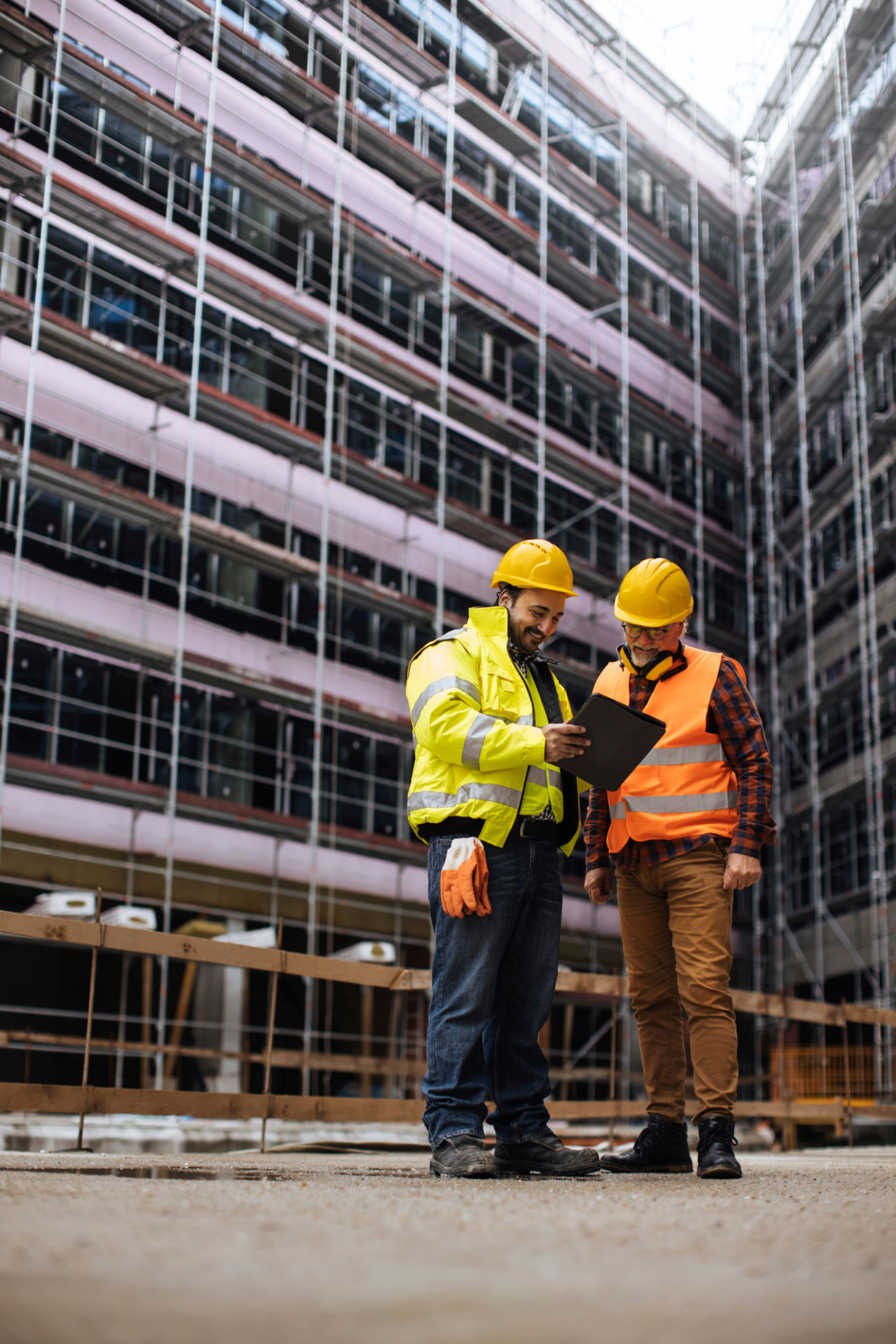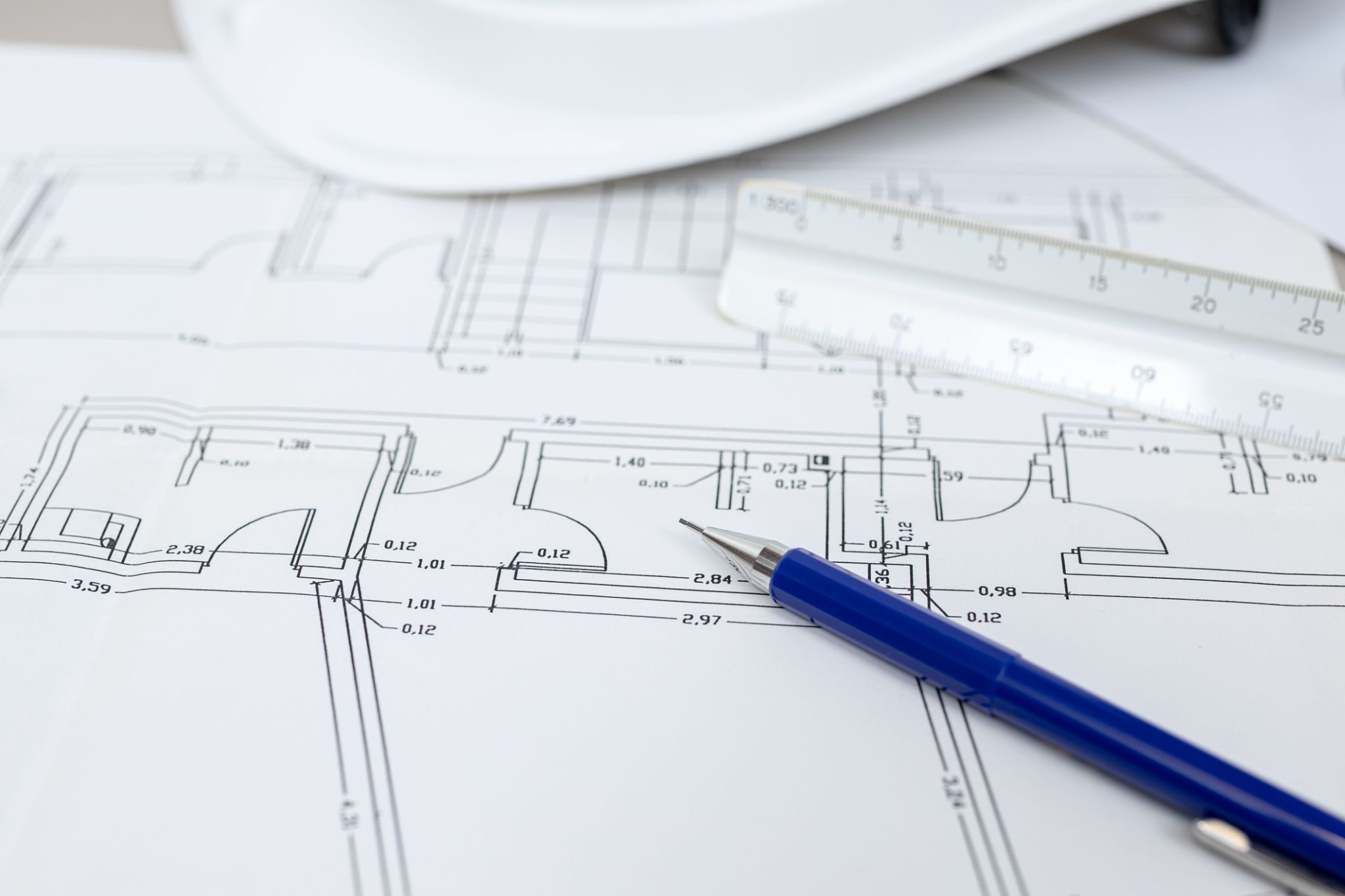Navigating Construction Regulations in Ohio: A Guide for New Developers
Understanding Ohio's Construction Regulations
Ohio, like many states, has its own set of construction regulations that new developers must navigate to ensure compliance and avoid potential fines or project delays. These regulations cover various aspects of construction, from zoning laws to safety standards. Understanding these rules is crucial for anyone looking to embark on a construction project in the state.

Zoning Laws and Permits
Before breaking ground, it's important to understand Ohio's zoning laws, which dictate how land can be used in specific areas. Zoning laws can affect the type of building you can construct and its intended use. Developers should consult the local zoning office to obtain the necessary permits and ensure their project complies with local regulations.
Obtaining the right permits is a critical step in the construction process. This includes building permits, environmental permits, and any other specific approvals required by local authorities. Failing to secure the correct permits can lead to costly fines and project delays.
Building Codes and Safety Standards
Ohio's building codes are designed to ensure the safety and durability of structures. These codes cover everything from electrical systems to fire safety measures. Developers must familiarize themselves with these building codes to ensure their projects meet all necessary standards. Hiring a knowledgeable contractor who understands these regulations can be invaluable.

Safety is another paramount concern. Ohio mandates strict adherence to safety standards to protect workers and future occupants. This includes guidelines for construction site safety, proper equipment use, and emergency preparedness. Developers should work closely with safety experts to implement comprehensive safety plans.
Environmental Regulations
Environmental considerations are a significant aspect of construction in Ohio. Developers must be aware of regulations concerning waste management, pollution control, and natural resource conservation. Projects may require environmental impact assessments to evaluate potential effects on the surrounding environment.

Compliance with environmental regulations is not only a legal obligation but also a commitment to sustainable development. By prioritizing environmental considerations, developers can contribute to the preservation of Ohio's natural beauty and resources.
Working with Local Authorities
Building strong relationships with local authorities can facilitate a smoother construction process. Engaging with city planners, inspectors, and other officials early in the project can help developers anticipate potential issues and address them proactively. Regular communication with these stakeholders is key to ensuring compliance and avoiding misunderstandings.
Additionally, attending local planning meetings and public hearings can provide valuable insights into community concerns and priorities, helping developers align their projects with local expectations.
Conclusion and Resources
Navigating construction regulations in Ohio requires diligence and a proactive approach. By understanding zoning laws, securing the necessary permits, adhering to building codes, and considering environmental impacts, new developers can set their projects up for success. Working collaboratively with local authorities and staying informed about regulatory changes are also essential steps in this process.
For more detailed information, developers can access resources from the Ohio Department of Commerce and local building departments. These organizations provide comprehensive guidelines and support to help developers navigate the complexities of construction regulations in the state.
